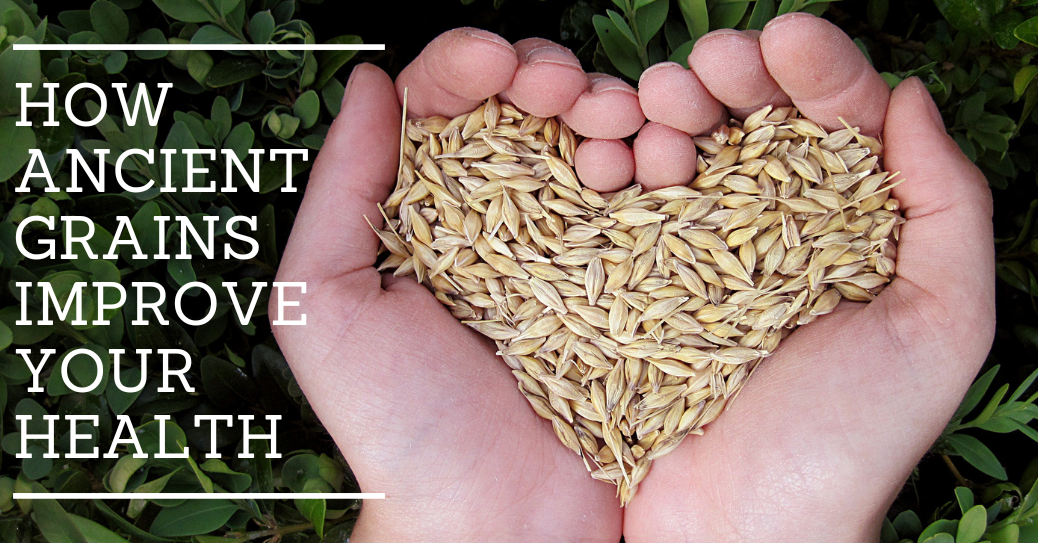Introduction
The perks of ancient grains have entered recorded history for thousands of years, and somehow, in recent times, these formerly underappreciated grains have garnered scrutiny for their nutritional benefits. Ancient grains are far from the great refining methods suffered by modern-day grains, which help conserve most of the nutrients. Although aiding digestion, energy is sustained through ancient grains maintained in a balanced diet. Now, we formulate plans to discuss its digestive health and energy-enhancing properties and recommend some applications in your daily meals.
What Are Ancient Grains?
Many ancient grains exist, such as quinoa, millet, farro, spelled, amaranth, teff, and sorghum. These diverse grains have undergone mini magnetic changes since pre-agricultural times. In contrast, modern wheat is highly hybridized and refined; therefore, ancient grains maintain their unaltered natural composite, a rich source of vitamins, minerals, and fiber for overall good health.
How Ancient Grains Enhance Digestion?
Digestion is important in nutrient absorption, immune function, and general well-being. Ancient grains are all high in fiber, one nutrient that significantly affects gut health. Here is how they benefit digestion:
1. High Fiber Content
Fiber ensures food passes easily through the intestines, maintains bowel regularity, and prevents constipation. Whole grains like quinoa and millet are primary sources of insoluble fiber, which bulks up stool for movement through the digestive tract. Barley and oats are sources of soluble fiber, which turns into a gel-like material, reducing blood sugar spikes and nurturing gut health.
2. Prebiotic Properties
Some ancient grains, such as sorghum and amaranth, contain prebiotic agents that stimulate beneficial gut bacteria. A healthy gut microbiome enhances digestion, reduces inflammation, and supports nutrient absorption. Incorporating these grains in your diet will help restore a healthy gut flora while alleviating symptoms of bloating or indigestion.
3. Gluten-Free Options for Sensitivity
Many ancient grains like quinoa, amaranth, or teff are intrinsically gluten-free and, hence, a perfect choice for gluten-intolerant or celiac disease. These highly nutritious grains would not upset anyone because digestive irritants commonly found with modern wheat consumption will not be identified.
4. Reducing Inflammation and Gut Irritation
Due to their processing mode and consequent high glycemic index, present-day refined grains create a digestive inflammatory reaction. In contrast, ancient grains possess naturally occurring anti-inflammatory constituents that help lower the chances of digestive-related disorders such as irritable bowel syndrome (IBS) and leaky gut syndrome.
How Ancient Grains Increase Your Energy?
Energy levels were intricately associated with food in the past. Ancient grains provided proper nutrition for metabolism, muscle functions, and endurance.
1. Complex Carbohydrates for Sustained Energy
Contrary to refined grains, which trigger quick blood sugar level rises followed by energy dumps, ancient grains, rich in complex carbohydrates, are efficient. These carbohydrates carry out their slow breakdown, hence releasing energy gradually throughout the day. Spelled and barley, Farro provides an extended energy source for athletes, students, and professionals.
2. Rich in Essential B Vitamins
Really important for energy production and metabolism are B vitamins, primarily B1-thiamine, B3-niacin, and B6-pyridoxine. Ancient grains such as quinoa and millet make for excellent sources of these vitamins, which assist the body in converting food into energy while keeping fatigue at bay.
3. Iron and Magnesium for Muscle Function
Iron primarily forms oxygen that travels in the blood, while magnesium is a key player in muscle contraction and nerve function. Most older grains, including amaranth and teff, provide these minerals, preventing anemia and muscle fatigue.
4. Protein-Rich for Endurance
Protein is an important macronutrient because it helps build up tissues and gives energy. Thus, it is the best grain for vegetarians and vegans who want to keep their energy high.
The best Ancient Grains are:
To maximize the benefits of ancient grains, consider adding the following varieties to your meals:
1. Quinoa
Quinoa is a high-protein, fiber-rich, gluten-free grain that supplies essential amino acids and operates for prolonged sustainable energy.
2. Millet
Millet is full of magnesium and B vitamins. It promotes digestion and good heart health and is thus great for porridge, salads, and baked goods.
3. Farro
The fiber and protein in farro are good for weight management and gut health.
4. Amaranth
Another nutrient-dense grain rich in protein and micronutrients is amaranth.
5. Teff
Teff may be small but is mile-long in calcium, iron, and fiber. It is mainly used in Ethiopian injera and baked products.
6. Sorghum
Musky sorghum is high in antioxidants and proteins and helps stabilize blood glucose levels. It is used in traditional preparations like porridge, salad, and flour blends.
Conclusion
Ancient grains have very rich fiber, which helps their consumers maintain gut health. The vitamins, minerals, and proteins in them provide lasting energy throughout the day. Including ancient grains in your meal would enhance your digestive process, endurance, and overall wellness. You can choose any of quinoa, farro, or teff, and all these ancient grains will work wonders for your body and performance daily. Take a full tour of these ancient grains today and see some amazing benefits for yourself.













 Get survival, travelling and auto tips, follow new technology trends, entertainment stories and world events with PeekTimes.
Get survival, travelling and auto tips, follow new technology trends, entertainment stories and world events with PeekTimes.